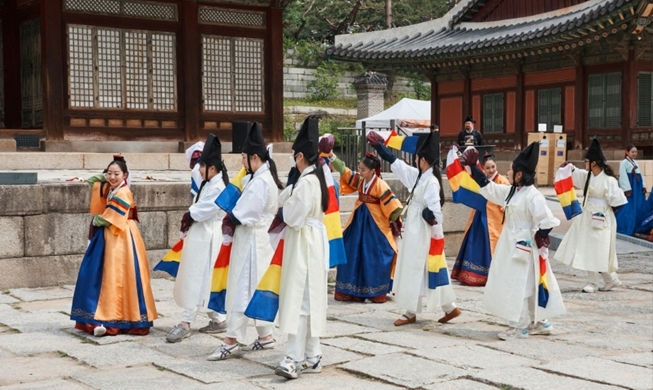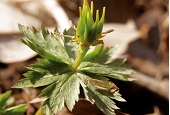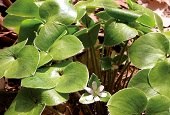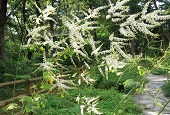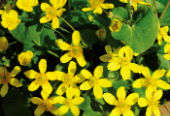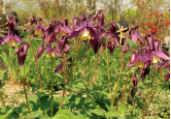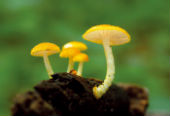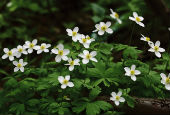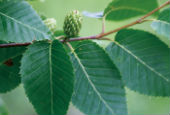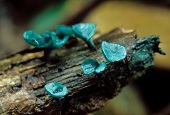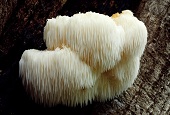-
 Korea.net's 24-hour YouTube channel
Korea.net's 24-hour YouTube channel- NEWS FOCUS
- ABOUT KOREA
- EVENTS
- RESOURCES
- GOVERNMENT
- ABOUT US
View this article in another language
- 한국어
- English
- 日本語
- 中文
- العربية
- Español
- Français
- Deutsch
- Pусский
- Tiếng Việt
- Indonesian
Flora & Fauna of Korea #30
Korea.net publishes a series of articles, “Nature You Meet in the Mountains,” about the peninsula’s mushrooms, insects, trees and herbs & flowers.
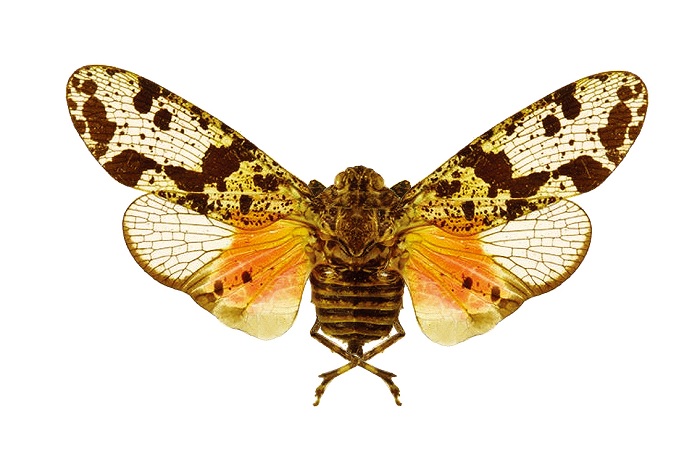 Insects
Insects
Name: 꽃매미, Ggotmaemi, Flower Cicada
Scientific name: Limois emelianovi Oshanin
Distribution: Korea, China, Japan
This cicada is about 9 to 11 millimeters long and its wingspan is about 30 to 35 millimeters wide. The females are relatively larger than the males. It is originally light brown. When its wings are folded in, it turns to a brindled black brown color and, sometimes, to a protective color similar to the bark of the oak tree. It's beautiful when the wings are open and a red pattern appears on the hind wings. The head can be bent backward, giving it a whimsical look. It has a line that stands out along the center of the back. The tergite of the anterior thorax is two times wider than its length. There are black brown dots on the tergite. The dorsal mesoscutum, larger than the tergite, has three horizontal lines, all sticking out a bit.
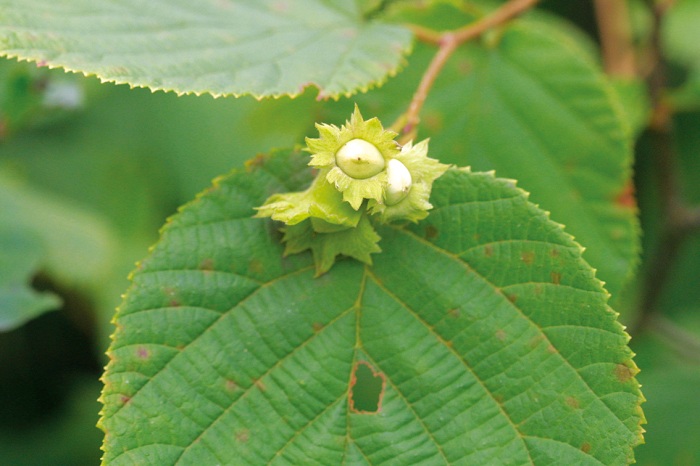
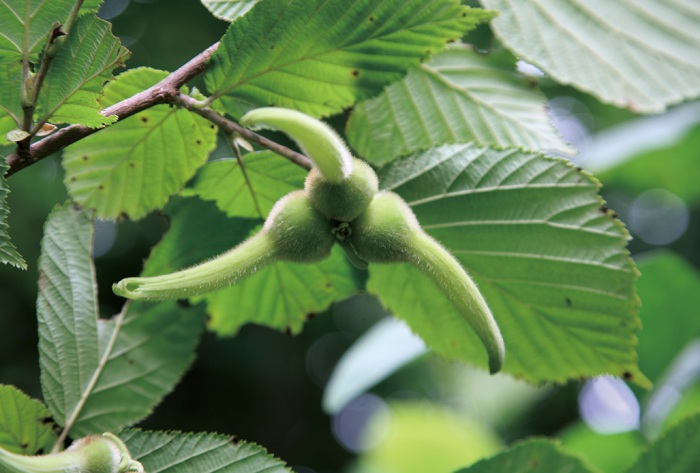
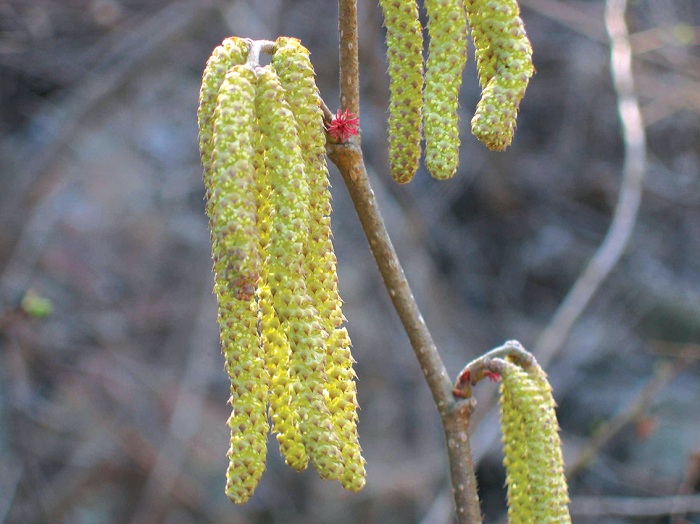
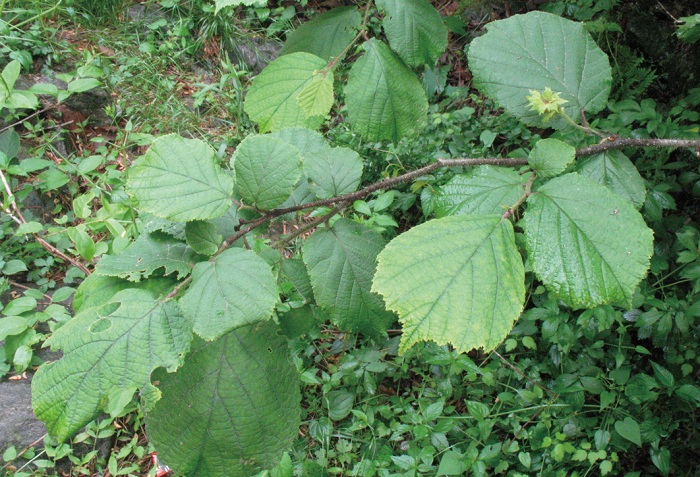
Trees
Name: 개암나무, Gaeam namu
Scientific name: Corylus heterophylla Fisch. ex Trautv.
Type: deciduous broadleaf shrub
Blooming season: March
Bearing season: September to October
Distribution: mountains nationwide
This mountain tree is often called the Asian Hazel. The leaves are alternate, and can be either oval, round or obovate. It is acuminate, meaning that it is less pointy than acute leaves. It has a truncated or reniform apex. There are little saw-tooth edges along the side of the leaves. The underside is covered in fine furs. It is a monoecious tree, giving bloom to flowers of wind-pollinated catkins. It bears nuts that are round, hair-free and brown.
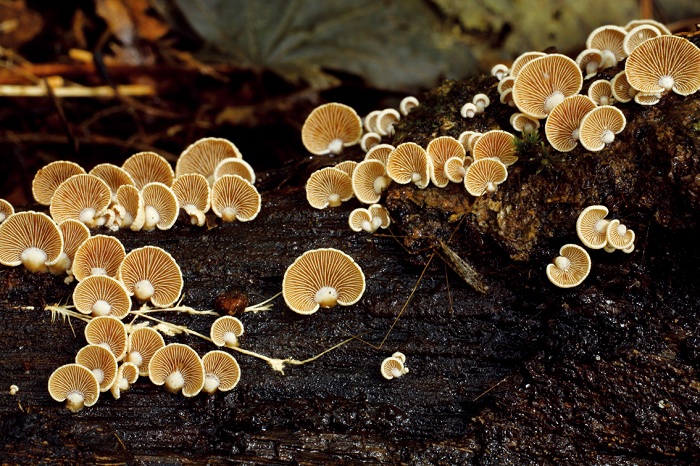
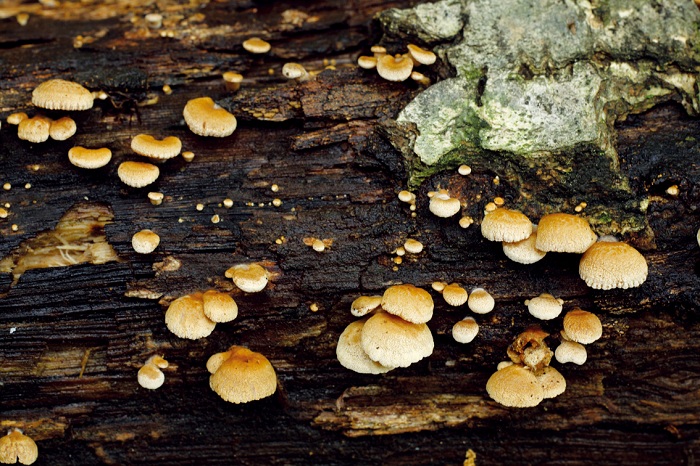
Mushrooms
Name: 부채버섯, Buchae beoseot, Fan Mushroom
Scientific name: Panellus stipticus (Bull.) P. Karst.
Type: saprophile spore
Print: white
Inedible
This mushroom can be found growing from the stumps of old or dead broadleaf trees. The pileus is about 1 to 2 centimeters in diameter and is shaped as a reniform. The surface is yellowish brown. The outer edge tends to roll toward the inside. The pleats are yellow, densely arranged and have a commissure in between each pleat. The whole body ranges from white to lemon yellow, and the lateral stipe is short.
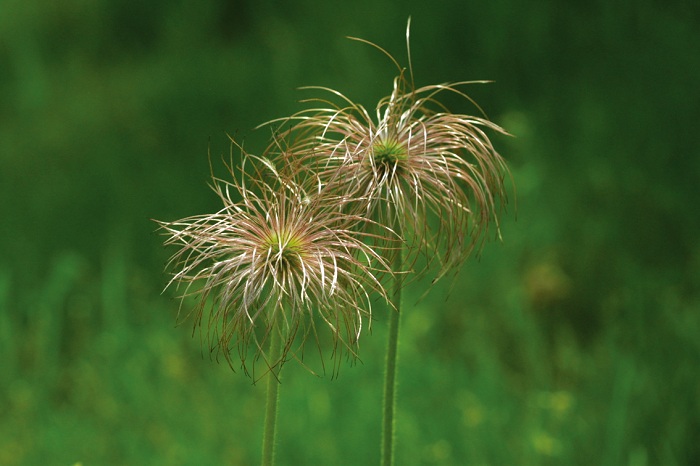
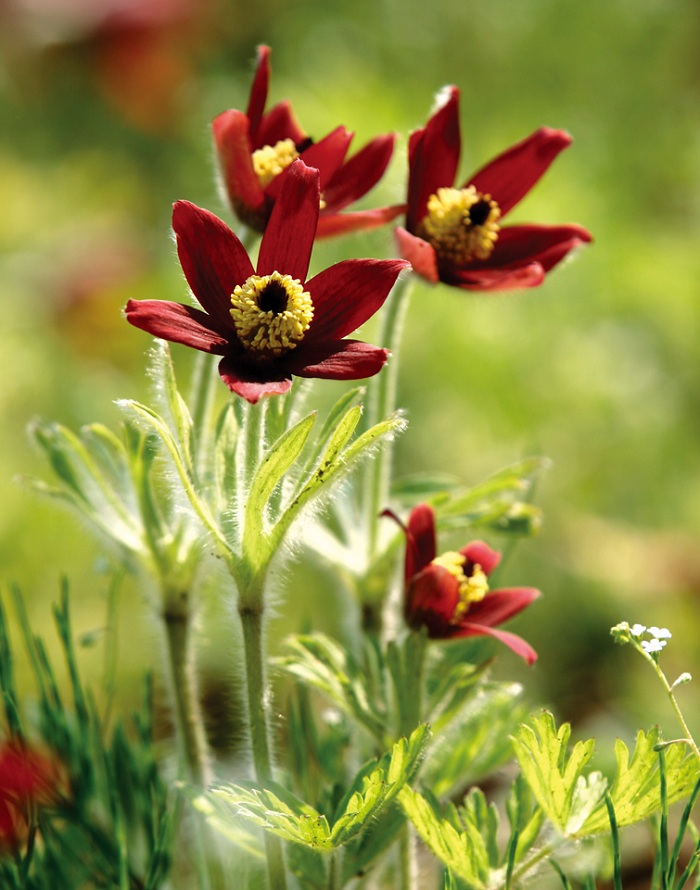
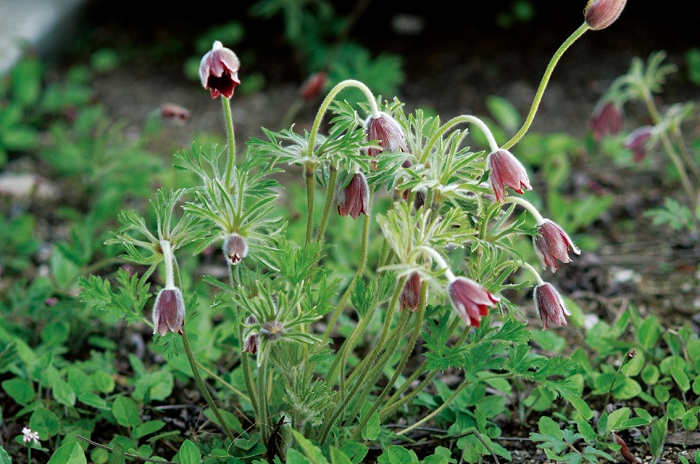
Herbs & Flowers
Name: 할미꽃, Halmiggot
Scientific name: Pulsatilla koreana (Yabe ex Nakai) Nakai ex Mori
Full bloom: April
Distribution: mountains nationwide
This prairie crocus can be found on sun-soaked grass and around many grave sites. It normally grows to a height of 25 to 40 centimeters. The leaves and stalks are covered in thick hairs that develop in large clusters. The leaves are lobed, with five leaflets separated into three parts. It has a bell-shaped, dark violet flower, with white fur along the outer edge of the petals. There are yellow anthers inside the flowers. It bears oval-shaped achene fruits that are covered in a white fuzz.
*This series of article about Korea’s insects, trees, mushrooms and herbs & flowers has been made possible through the cooperation of the Korea National Arboretum.
Korea.net publishes a series of articles, “Nature You Meet in the Mountains,” about the peninsula’s mushrooms, insects, trees and herbs & flowers.

Name: 꽃매미, Ggotmaemi, Flower Cicada
Scientific name: Limois emelianovi Oshanin
Distribution: Korea, China, Japan
This cicada is about 9 to 11 millimeters long and its wingspan is about 30 to 35 millimeters wide. The females are relatively larger than the males. It is originally light brown. When its wings are folded in, it turns to a brindled black brown color and, sometimes, to a protective color similar to the bark of the oak tree. It's beautiful when the wings are open and a red pattern appears on the hind wings. The head can be bent backward, giving it a whimsical look. It has a line that stands out along the center of the back. The tergite of the anterior thorax is two times wider than its length. There are black brown dots on the tergite. The dorsal mesoscutum, larger than the tergite, has three horizontal lines, all sticking out a bit.




Trees
Name: 개암나무, Gaeam namu
Scientific name: Corylus heterophylla Fisch. ex Trautv.
Type: deciduous broadleaf shrub
Blooming season: March
Bearing season: September to October
Distribution: mountains nationwide
This mountain tree is often called the Asian Hazel. The leaves are alternate, and can be either oval, round or obovate. It is acuminate, meaning that it is less pointy than acute leaves. It has a truncated or reniform apex. There are little saw-tooth edges along the side of the leaves. The underside is covered in fine furs. It is a monoecious tree, giving bloom to flowers of wind-pollinated catkins. It bears nuts that are round, hair-free and brown.


Mushrooms
Name: 부채버섯, Buchae beoseot, Fan Mushroom
Scientific name: Panellus stipticus (Bull.) P. Karst.
Type: saprophile spore
Print: white
Inedible
This mushroom can be found growing from the stumps of old or dead broadleaf trees. The pileus is about 1 to 2 centimeters in diameter and is shaped as a reniform. The surface is yellowish brown. The outer edge tends to roll toward the inside. The pleats are yellow, densely arranged and have a commissure in between each pleat. The whole body ranges from white to lemon yellow, and the lateral stipe is short.



Herbs & Flowers
Name: 할미꽃, Halmiggot
Scientific name: Pulsatilla koreana (Yabe ex Nakai) Nakai ex Mori
Full bloom: April
Distribution: mountains nationwide
This prairie crocus can be found on sun-soaked grass and around many grave sites. It normally grows to a height of 25 to 40 centimeters. The leaves and stalks are covered in thick hairs that develop in large clusters. The leaves are lobed, with five leaflets separated into three parts. It has a bell-shaped, dark violet flower, with white fur along the outer edge of the petals. There are yellow anthers inside the flowers. It bears oval-shaped achene fruits that are covered in a white fuzz.
*This series of article about Korea’s insects, trees, mushrooms and herbs & flowers has been made possible through the cooperation of the Korea National Arboretum.








